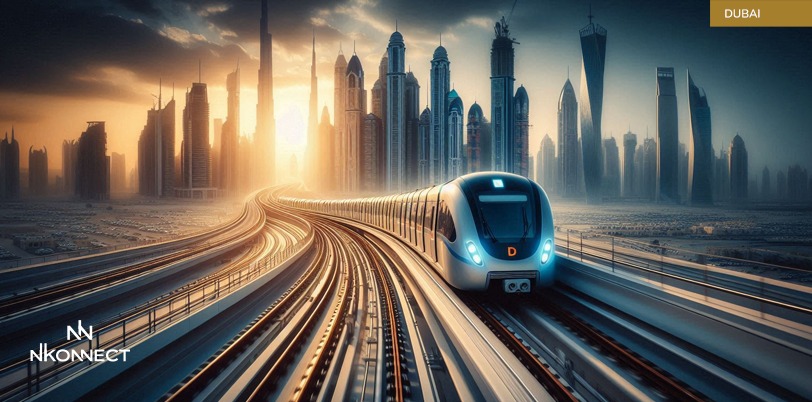Dubai Metro, 15 years on track


Dubai Metro, since its inception in 2009, has been a symbol of the city's rapid modernization and ambition. Launched with the goal of revolutionizing public transportation in a city known for its car-centric culture, the Metro has far exceeded expectations, becoming a backbone of Dubai's transport infrastructure.
The Vision Behind Dubai Metro
When Dubai Metro was first conceptualized, it was part of a broader vision to reduce the city’s dependency on cars, alleviate traffic congestion, and offer a sustainable mode of transportation for a growing population. The Roads and Transport Authority (RTA) spearheaded this project, which was a monumental task given the city’s geography and the existing reliance on private vehicles. The goal was not only to provide a reliable transportation alternative but also to set a precedent for future urban development projects.
Milestones Over the Years
Over the past 15 years, Dubai Metro has achieved several key milestones. It began with the launch of the Red Line on September 9, 2009, followed by the Green Line in 2011. These lines strategically connect major commercial, residential, and tourist areas, making the Metro an integral part of daily life for residents and tourists alike.
Dubai Metro’s expansion has continued with the opening of new stations and the introduction of the Route 2020 extension, which was developed to connect the city to the Expo 2020 site. This extension reflects the dynamic nature of Dubai’s urban planning and its ability to adapt to new challenges and opportunities.
Impact on Urban Mobility and Sustainability
Dubai Metro has had a profound impact on the city’s urban mobility. It has drastically reduced travel times across the city, providing a quick, efficient, and environmentally friendly alternative to driving. By integrating with other forms of public transport, such as buses and water taxis, the Metro has created a seamless transportation network that serves millions of passengers every year.
The environmental benefits of the Metro are significant. By offering a viable alternative to car travel, the Metro has helped to reduce carbon emissions and decrease the overall environmental footprint of transportation in Dubai. This aligns with the city’s broader sustainability goals and its commitment to becoming a global leader in green urban planning.
Challenges and Future Prospects
While the Dubai Metro has been a resounding success, it has not been without challenges. The rapid growth of the city has required constant updates and expansions to the Metro network to keep up with demand. The ongoing need to innovate and integrate new technologies into the system, such as smart ticketing and real-time tracking, remains a priority for the RTA.
Looking ahead, the future of Dubai Metro is bright. Plans for further expansion and the potential introduction of driverless trains point to a continued evolution of the system. As Dubai prepares for future global events and an ever-growing population, the Metro will undoubtedly remain at the forefront of the city’s transportation strategy.
Conclusion
Fifteen years on, Dubai Metro stands as a testament to what can be achieved through visionary planning and execution. It has not only transformed the way people move around Dubai but has also set a benchmark for urban transportation systems worldwide. As the city continues to grow and evolve, the Metro will play an essential role in shaping its future, providing a reliable, efficient, and sustainable mode of transport for all.
“nKonnect for Cards & Ads is the best team in Dubai for Digital Google Review Cards using NFC, Digital Business Cards, Logo Design, Corporate Profiles, Trademark Registration, Business Setup, Visa Services, Translation, Website Design, Instagram Followers and Printing Services. Easily Whatsapp at +971 50 157 9600”


